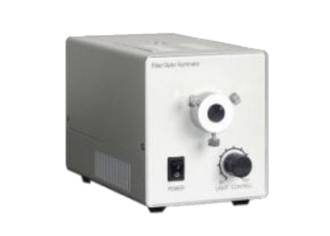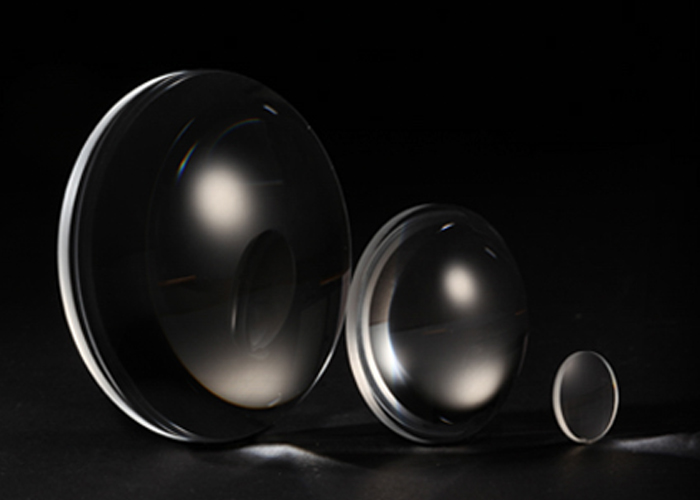Fiber Optic Illuminator Factory introduces you to the type of optical fiber.
End-emitting fiber type
The end-emitting fiber is usually a step-index multimode fiber with a large transparent fiber core that transmits light, while the thin transparent cladding captures light in the fiber core through an optical process called "total internal reflection."The core is larger than the thin cladding because the core allows it to more efficiently couple the light from the illuminator. The cladding does not transmit light, so any light coupled to the cladding is not transmitted by the fiber.
The end-emitting fiber is usually made of plastic because it can be made into a larger size than glass and is cheap and easy to install. The size of the plastic fiber (POF) ranges from 0.1 to 20 mm in diameter. Fiberglass is usually made into smaller sizes (fine hair, about 50-150 microns or 0.05 to 0.15 mm) and then bundled together to make larger diameter cables.
The choice of core and cladding materials determines the Angle (called mode) of the light received from the source and transmitted by the fiber, defined by a specification called numerical aperture (NA). The light will leave the fiber in a cone that shows the size of the NA, while the larger NA has a wider output cone illumination. A higher NA fiber can also more efficiently couple light from a light source since it will capture the light from the source at a higher Angle. A typical optical fiber has a 30-60 degree receiving cone corresponding to 0.3-0.6 NA. When using an optical device to focus light emitted from fiber, the NA of the fiber must be known to select the appropriate optical device.
The end-emitting fibers transmit light well. Fiberglass is more efficient at transmitting because glass is more transparent than plastic, but since wrapping the fiber into the bundle is inefficient, the space between the fibers in the bundle means that much of the illuminator light is not coupled to the fiber core. However, the fiberglass may be more resistant to the heat generated by the illuminator, allowing greater illuminator intensity and providing more light from the end of the fiber.

Optic Illuminator
Edge emitting fiber
The edge-emitting fiber is similar to the end-emitting fiber except that the core-cladding boundary is designed to be slightly less efficient. Instead of being rough, the boundary captures all the light into the core but instead scatters some light into the cladding to make it visible. By careful design, the fiber can have a smooth glow that looks like a neon tube. The smaller edge emission fibers have been woven into a strip that glows in a strip.
Since a large amount of light is lost when transmitting along the edge of the fiber, the fiber transmitting along the edge has high attenuation. This may limit the length of the edge emission fiber that can be used. This can be alleviated by using two illuminators to illuminate the fiber from both ends, or by looping the fiber back to the same illuminator, or by using a reflective end cap to send excess light from the far end back to the fiber.
We are an Optic Illuminator Manufacturer. We supply Optic Illuminator and annular lamps. If you are interested in our products, please feel free to contact us.













